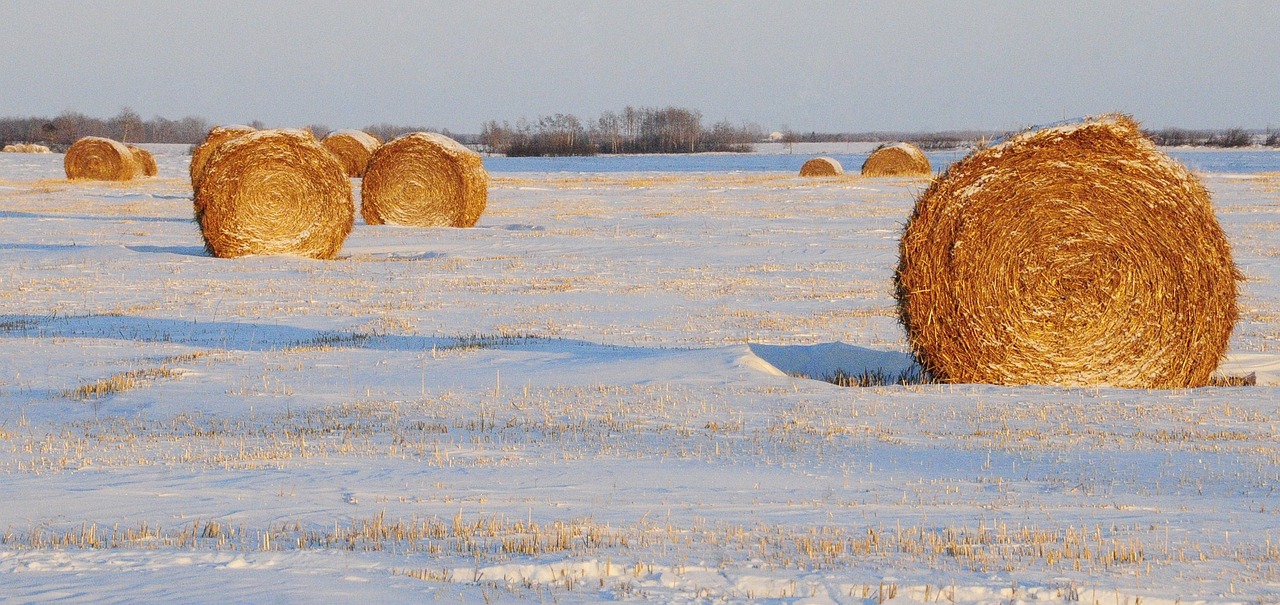Where are you going? How soon do you want to get there? These are questions we need to ask before we head out on a journey. This goes for a management journey also.

In mapping out your plan, you have three options but only get to pick two. Good, fast, and inexpensive. If you want something that is good and fast, it most likely will not be cheap. If something is good and inexpensive, it may not be fast to get done. Of course, the relativity and importance of each will be in the eyes of the beholder.
When it comes to cover cropping, setting goals should be the first thing that needs to be tackled. Not having a plan for your cover crop is like saying you will grow a cereal grain crop in the field, plant oat and wonder why the barley maltsters will not accept it for a malting contract.
Once goals have been set then species, seeding rates, seeding date, and other management decisions can be made to maximize the benefits of the cover crop. Climate will be a large influence on the success of the cover crop, but let’s make sure the variables we can influence are covered the best we can.
What goals can we pick? Usually, we want to strengthen our system; the chain is only as strong as the weakest link. We want to look at our system, soils, plants, animals, water, nutrients, and production to see what needs to be addressed. Several symptoms can be related back to a common issue. Low grain yield can be influenced by poor soil nutrients, compaction, low water infiltration, low active soil biology, low water infiltration and low water retention, to name a few.
We need to be able to identify an issue as a symptom or a root cause. Attempting to fixing a symptom may not make the problem to go away. If compaction is an issue that is not allowing the plant to root properly to access soil nutrients and water, adding more fertilizer without addressing the compaction may not result in much of a yield response. We need to be able to identify the root causes of our issues.
Once the goals have be set, then species can be picked based on when they grow, how they grow, what other plants are growing with them, root type, last crop and next crop. We want to maximize synergies and minimize any antagonisms and future contaminations. Seeding rates of the cover crop will reflect your goals and how it is to be seeded.
Broadcasting rates need to compensate for higher seedling mortality. Higher rates will be required if planning on postharvest grazing or for weed suppression for either broadcasting or drilling. As a rule, legume cover crops can be seeded at higher rates than grasses or broadleaf without causing a yield penalty in the cash crop, as long as the legume does not get too tall nor smother the cash crop. Legumes have co-evolved with grasses so they play nice with each other in a mix.
The biggest challenges when starting into cover cropping are choosing the species that will get the job done while creating the least amount of issues and maximizing benefits. For example radish are famous for breaking up hardpan, but because they are a Brassica they are nutrient scavengers and will compete for nutrients with your cash crop, and they will bolt after about 40 days of growth, creating a potential issue when harvesting. They need to be seeded so they do not bolt before harvest, or seeded postharvest.
Cover cropping does not have to be overly complicated. It is complex, which nature is. Some of the keys are using multiple functional plant groups. Namely, grass, legume, Brassica, non-Brassica and forb, of which there are cool and warm species, annual, biennial and perennial species of most groups.
Having a plan in place before pulling the trigger on cover cropping reduces the stress and increases the chances for success. Successful cover cropping means solving that issue and getting ready to tackle the next.
—Elmy is founder of Cover Crops Canada. His book Cover Cropping in Western Canada is available through Friesen Press, Amazon, and digitally through Apple Books, Kindle, and Google Play. For more info on Cover Crops Canada visit covercrops.ca












